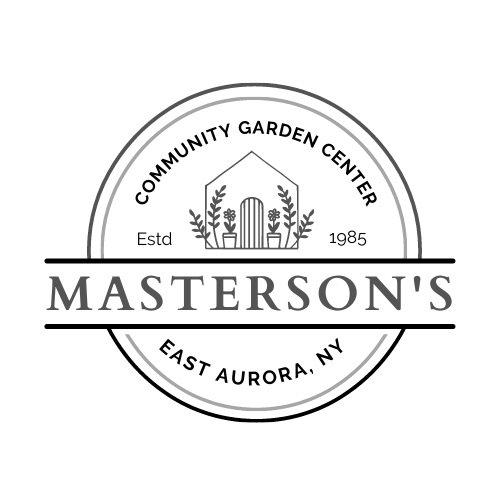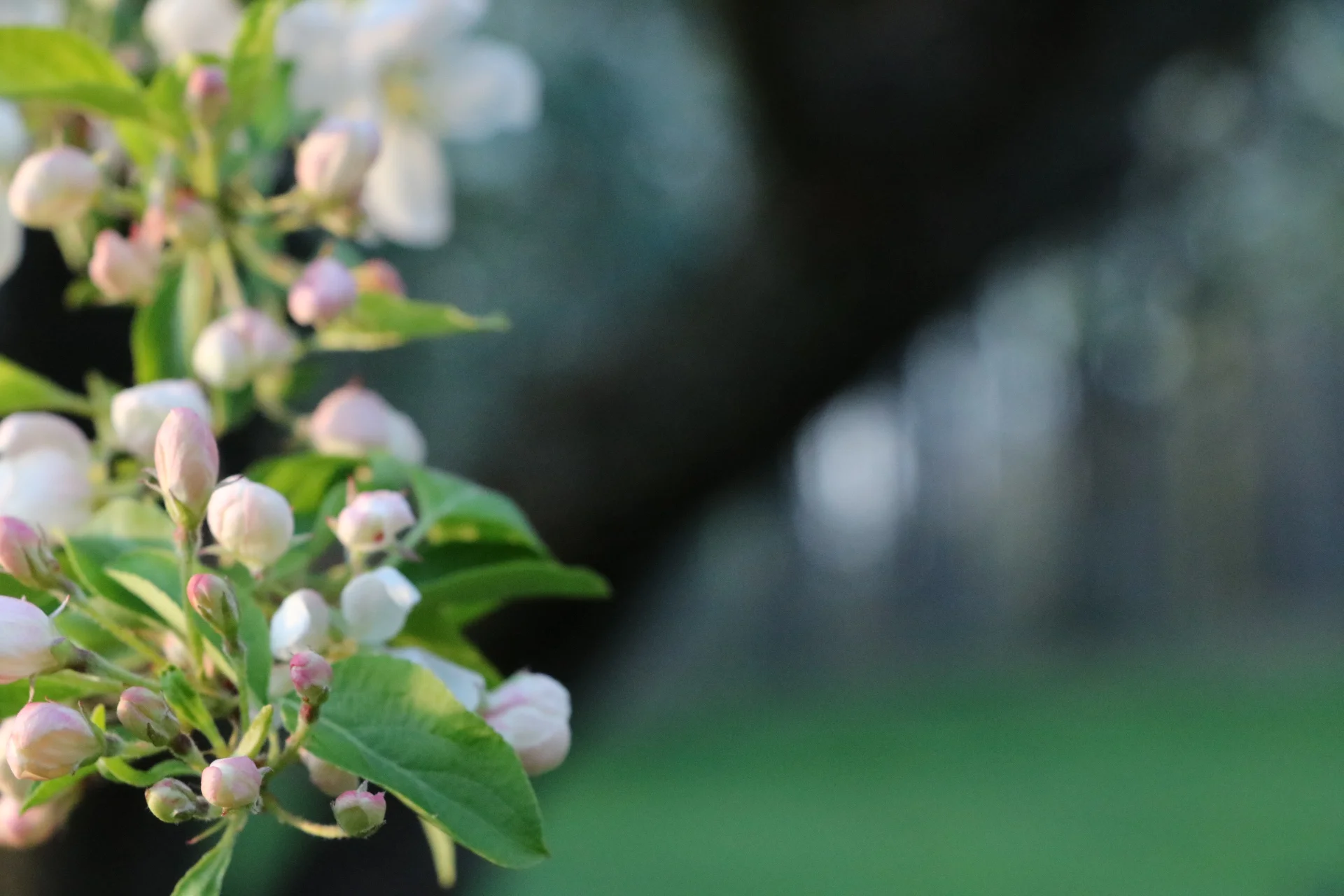The Dearth
/dearth /dərTH/
noun: a scarcity or lack of something
When we talk about the dearth period in relation to honeybees, we are talking about a scarcity of nectar and pollen. As we know, both of these resources make up a honeybee’s diet. In our northeastern climate, this period usually begins in mid to late July and extends into August. We consider the blooming of goldenrod to be the end of the dearth.
What happens to the bees during the dearth?
The bees just keep on being bees, really. A healthy colony is well-equipped to handle this slowdown in food availability. After all, this is exactly why they make and store honey! The bee population in a given colony is typically at its peak in late summer, which means that there are a LOT of mouths to feed. This peak population coincides with the scarcity of food, and food is scarce simply because there are not as many plants that naturally bloom in the heat of summer.
We know the bees are consuming more at this time of the year because there are just more bees in the hive, but they are also burning up more energy in their search for food because they are often flying farther to forage.
Things like temperature and rainfall in a given season can also affect the availability of food for the bees. A very hot, dry summer stresses plants and often results in fewer flowers and less nectar.
So, when the balance tips and the bees begin consuming more than they are bringing in, they begin to eat through their stored honey.
How should a beekeeper manage this period?
That completely depends on the goals of the beekeeper! We’ll outline the different management methods based on the goals of the individual beekeeper, but it really comes down to one question: to feed or not to feed?
We would recommend feeding if:
the colony has very low honey stores and you want to supplement
the bees are being kinda mean. Sometimes feeding will calm aggression (see more info below)
you know you want to collect fall honey. This is a compelling reason to feed during the dearth! Feeding in late summer can help to keep the bees from depleting all of the honey stores in their brood boxes, so that when honey supers are put back on for the fall nectar flow, nectar will be stored in the supers rather than be used to refill the brood boxes.
We wouldn’t worry about feeding if:
the colony has very few empty cells available - we don’t want to encourage swarming
there are at least a few frames of honey in the brood boxes AND you’re not too worried about collecting fall honey
What should I feed bees in summer?
We suggest a 1:1 sugar to water solution. While external entrance feeders are generally ok, we highly recommend using an in-hive feeder for the reasons outlined below.
What about aggressive behavior and robbing?
You may notice that your normally gentle hives seem a bit testier during this period. While honeybees are not really aggressive, they definitely can become more defensive if under stress. Hot temperatures, lack of available food, and robbing can all contribute to unpleasant behavior.
Keep an eye on your hives and note signs of robbing. You’ll typically see a lot of activity in front of the hive, but you will want to pay attention to what those bees are doing. If you’re seeing lots of wrestling matches happening near the entrance, this is a clear sign of an “enemy invasion” and your bees are fighting off the bad guys trying to come in and steal their food. It’s not just honeybees that are affected by the dearth. You’ve likely noticed this is when yellowjackets tend to exhibit their most annoying behavior. They, along with just about every other bug (including other honeybee colonies), will absolutely take advantage of a weak hive and steal food if they can. Feeding your bees with an in-hive feeder can help make them less of a target. Using an entrance reducer or a robbing screen can be effective tools as well.








